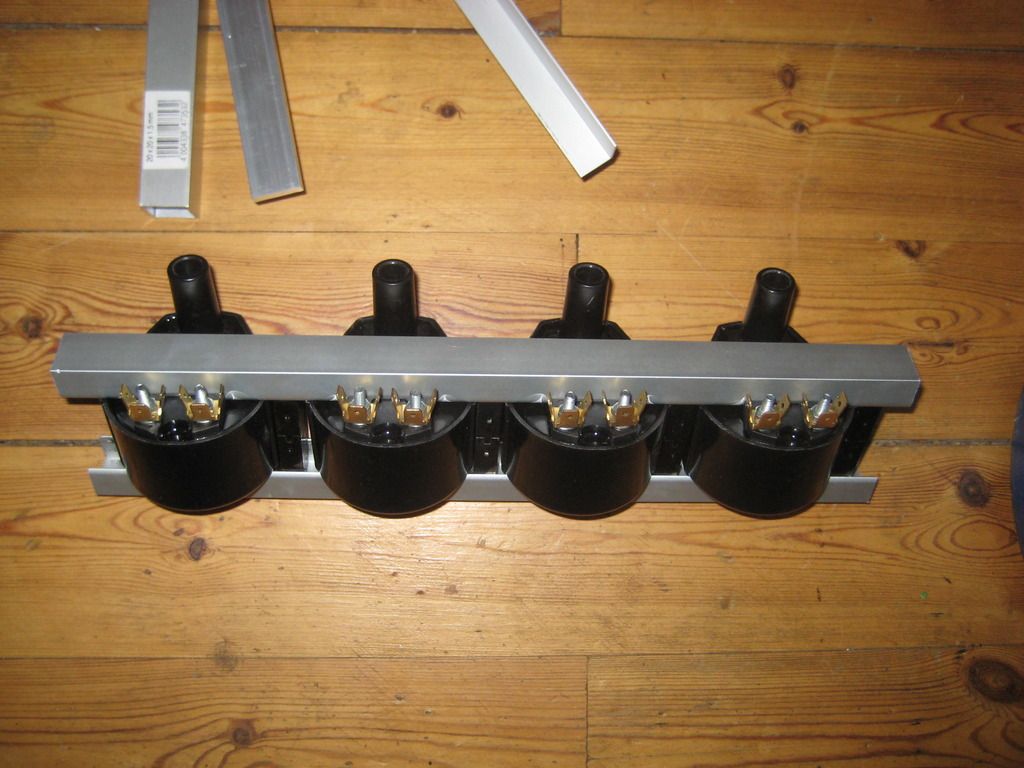per0lund
Member
- Joined
- Feb 29, 2004
- Location
- Stockholm Sweden
I?m in to upgrading the wasted spark coil pack in to direct fire
.
In my mind a wasted spark is right what it says, wasted energy that probably could be better used.
I have four small standard E-core coils suited for most stock electronic four cylinder distributor ignition systems, with a primary resistance of 0,8 ohms, and the DiYAtotune quad spark ignition module.
The coils should each deliver 36000 volt@2000 sparks/min if fed with enough power.
It may bee the quad spark module is more suited for coils with 0,4 ohm primary resistance, but I?m just not shure how the quad spark module will work with higher resistance
I?m not experienced in direct fire systems, but if these coils work, I believe they still would be more efficient than the Bosch Motorsport coil pack (0,4 ohm at primary).
If it works it will be a very low budget direct fire system as these coils are only 18 U.S $ each
I haven?t checked out whether I need a extra camshaft sensor ,or if the software of MS3X V3.57 can use only the stock crank signal for direct fire.
I got a feeling someone else has tried this concept before me.
And I do not expect a great difference, but never the less it may still be a small improvement of engine efficiency, at a fairly decent cost.
.
In my mind a wasted spark is right what it says, wasted energy that probably could be better used.
I have four small standard E-core coils suited for most stock electronic four cylinder distributor ignition systems, with a primary resistance of 0,8 ohms, and the DiYAtotune quad spark ignition module.
The coils should each deliver 36000 volt@2000 sparks/min if fed with enough power.
It may bee the quad spark module is more suited for coils with 0,4 ohm primary resistance, but I?m just not shure how the quad spark module will work with higher resistance
I?m not experienced in direct fire systems, but if these coils work, I believe they still would be more efficient than the Bosch Motorsport coil pack (0,4 ohm at primary).
If it works it will be a very low budget direct fire system as these coils are only 18 U.S $ each
I haven?t checked out whether I need a extra camshaft sensor ,or if the software of MS3X V3.57 can use only the stock crank signal for direct fire.
I got a feeling someone else has tried this concept before me.
And I do not expect a great difference, but never the less it may still be a small improvement of engine efficiency, at a fairly decent cost.

